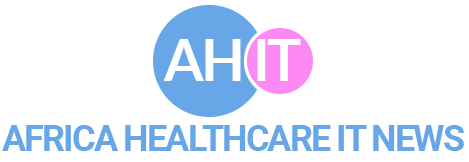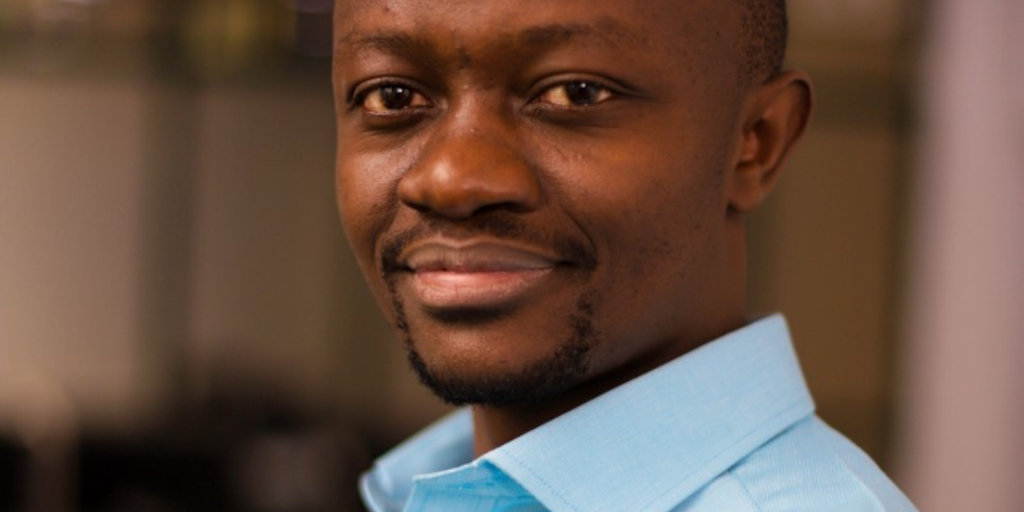Villgro Africa is an incubator that offers funding and technical assistance primarily to healthcare startups across the African continent. Over the past eight years, the organisation has disbursed more than US$2.8 million in blended funding. Jeanette Clark speaks to co-founder and CEO Wilfred Njagi about investment opportunities within the healthcare sector, specifically in areas such as AI, supply chain, and medical diagnostic devices.
Villgro Africa is an incubator focused on the healthcare sector in Africa. How was the company founded?
Villgro has a long history in India, where it was founded in 2001. I was lucky to do a one-year fellowship in India in 2013, whereafter I got the opportunity to replicate the tried and tested incubation model in Africa with my two co-founders, Rob Beyer and Robert Karanja.
Why do you focus on healthcare?
Villgro Africa could have picked any sector, but as we launched, we were approached by different healthcare funders who were familiar with the work of the parent company in India. They had trust in that specific incubation model and wanted to fund healthcare on the African continent.
Based on these requests we ended up with our current focus.
The Villgro Africa office was set up with funding from the Lemelson Foundation and Grand Challenges Canada. Later on, we got funding from USAID’s Partnering to Accelerate Entrepreneurship Initiative to do seed grants in addition to providing technical assistance.
Which areas within the healthcare sector do you focus on?
There are many different subsectors within healthcare. For example, screening and diagnostics, telemedicine and virtual care, nutrition, healthcare financing both for the patient and the facilities, supply chain, and maternal and child health.
What we have found to work is to do a thematic or focused call for applications. Our most recent thematic calls were around artificial intelligence (AI) and another on the supply chain. We received approximately 200 applications for each. We have a very healthy pipeline and are receiving close to 1,000 applications annually.
Where do you get most of your applications from?
We see applications from almost everywhere, but the concentration is quite high in Kenya, Uganda, Nigeria and Ghana. Support for healthcare startups in the Francophone [Africa] area is very limited, so we are trying to see what we can do about that.
How are African healthcare startups using AI in their businesses?
I think AI is no longer the shiny object that everyone wants to claim that they are using, but it is actually now changing how you deliver healthcare.



